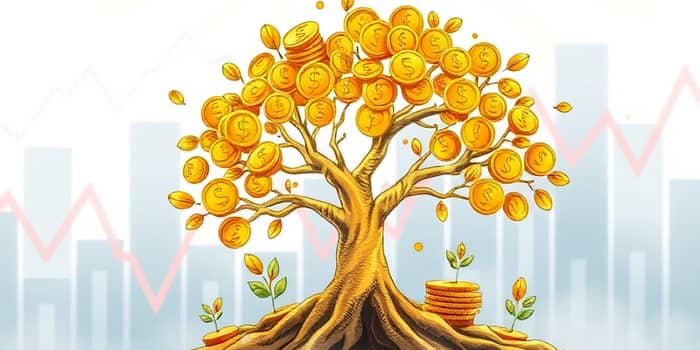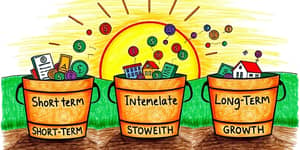
In today's financial landscape, building sustainable wealth requires both patience and smart strategies. Reinvesting dividends offers investors an automatic purchase of fractional shares that compounds over time, turning modest payouts into significant gains. This article delves into the mechanics, benefits, and potential pitfalls of dividend reinvestment plans (DRIPs) while sharing practical steps to help you harness this powerful tool.
By committing to reinvestment rather than spending cash distributions, investors cultivate a disciplined approach that aligns with long-term financial goals like retirement, education funding, or generational wealth. Over decades, even small dividends can produce life-changing outcomes.
Dividend reinvestment simply means using cash dividends to buy more shares of the same security instead of taking them as cash. Through a DRIP, investors can enjoy no-commission dividend reinvestment plans often including fractional share purchases and, in some cases, purchase discounts. Setting up a DRIP is straightforward, either directly with a company or through most online brokerages, making it accessible to investors at all levels.
When dividends are reinvested, the process not only increases the share count but also grows the base on which future dividends are calculated. This reinvestment cycle creates a snowball effect, amplifying portfolio value year after year.
In tax-advantaged accounts like IRAs or 401(k)s, dividends can be reinvested without immediate tax liability, unlocking significant tax deferred compounding growth benefits. In taxable accounts, each reinvestment is treated as income, so meticulous record-keeping is essential to manage annual tax obligations.
At the heart of dividend reinvestment lies the power of compounding returns. Each reinvested dividend purchase increases the number of shares you own, which in turn generates more dividends. Over time, this cycle can lead to exponential growth, far outpacing simple price appreciation or cash withdrawals.
Consider a $2,000 investment in Pepsi in 1980. By reinvesting dividends, that stake grew to 2,800 shares valued at over $150,000 by 2004. Similarly, a $100 investment in Home Depot in 2011 swelled to $621.69 by 2021 when dividends were reinvested, reflecting a 20% annualized return. These examples highlight how small contributions made consistently can produce shares that grow and compound into substantial wealth.
Beyond household names, dividend reinvestment applies to mutual funds and ETFs as well, widening the opportunity set for investors to benefit from diversified portfolios while still capturing the compounding effect.
Choosing the right method depends on your investment style. Automatic DRIPs suit hands-off investors seeking simplicity, while manual reinvestment appeals to those wanting greater control and diversification.
While dividend reinvestment is powerful, investors must be aware of certain risks. Dividends remain taxable in the year they are paid, even if reinvested, requiring diligent record-keeping for tax purposes. Additionally, constant buying of the same security can lead to concentration risk in a single sector, reducing diversification.
Reinvested funds are also less liquid than cash dividends, tying up returns in the investment. Market conditions may lead to reinvesting at high prices, though this is somewhat mitigated by dollar-cost averaging. Finally, companies can cut or suspend dividends, disrupting the compounding process.
To begin reinvesting dividends, follow these steps:
By combining disciplined execution with regular portfolio reviews, you can optimize returns for long term goals and stay on track toward your investment objectives. Consider setting threshold alerts for market dips or price spikes to decide if manual reinvestment could outperform automatic DRIPs.
Reinvesting dividends offers a proven path to build wealth gradually and sustainably. By leveraging the power of compounding returns and maintaining a disciplined approach, even modest investments can flourish into significant assets over time. Whether you choose an automatic DRIP or manual reinvestment, understanding the mechanics, benefits, and potential drawbacks empowers you to make informed decisions.
Embrace dividend reinvestment as a core component of your long-term financial strategy, remain patient, and let time work in your favor. As each dividend payment plants a new financial seed, watch your portfolio blossom into a forest of opportunity.
References













